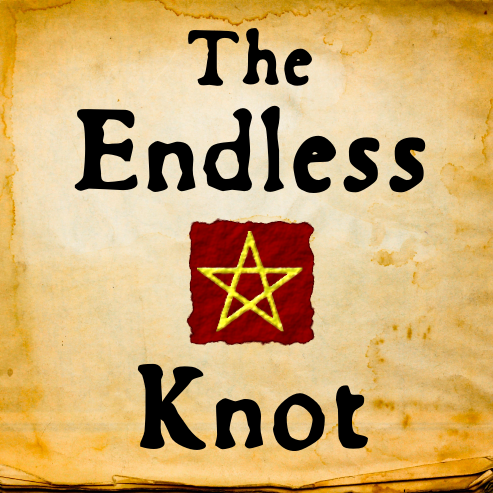Wæs þu hal! This week we have a very special Christmas episode of The Endless Knot all about the word Yule:
The etymological key to everything I talk about in this video is the two possible sources for Germanic word (and festival) Yule. Yule might come from a Proto-Indo-European word that meant 'to turn', in which case it's referring to the turn of the year that is the winter solstice, or from a Proto-Indo-European word that meant 'to speak' and by extension 'to joke' or 'to play', by way of the sense of festivities and celebration. Together these sources highlight Yule as a time associated with fertility festivals and celebration, which are exactly the elements of the Germanic Yule that are now commonly associated with Christmas. These elements work well symbolically with the Christian story of the birth of Christ, of course, which also has the theme of the renewal of life. And indeed it was a very intentional decision to borrow from various pagan traditions and incorporate these elements into a Christian holiday. For instance, Pope Gregory the Great advised Augustine the Archbishop of Canterbury, in his mission to convert the pagan Anglo-Saxons, to adapt and adopt the Germanic customs and places of worship into the Christian tradition, rather than to try to simply suppress them. I also point out the possible etymological connection between Yule and jolly, as in the "Jolly old elf" of Clement Clark Moore's Twas the Night before Christmas (more properly A Visit from St Nicholas), and the fact that "elf" too is a Germanic word and pagan connection. You can learn more about the elf etymology in my earlier video on the word "Album":
I was reminded of another medieval literary connection here (in addition to Beowulf and the Norse stuff), in a Twitter conversation with my friend and colleague Damian (@IPFWMedieval), Sir Gawain and the Green Knight, which is also set around Christmas and New Year's, and also draws on the imagery of the evergreen holly. In fact there are a number of parallels between Beowulf and Sir Gawain and the Green Knight, with the Green Knight lining up well with Grendel (and the Grinch). And similarly to Beowulf, the Old Norse sagas, and How the Grinch Stole Christmas!, the story of Sir Gawain and the Green Knight features a strange supernatural being visiting the hall at Christmas and causing trouble. And evidently Ted Geisel (aka Dr Seuss) was a student at Oxford University while JRR Tolkien, a notable scholar and translator of Sir Gawain and the Green Knight and Beowulf (as well as Lord of the Rings author), held the Rawlinson and Bosworth Professorship of Anglo-Saxon at Oxford. Thanks for the extra connection, Damian! If you want to read more about the Grinch/Grendel link, there is at least one article published on the topic (to my knowledge), Robert L. Schichler's "Understanding the Outsider: Grendel, Geisel, and the Grinch". You can find the full bibliographic info for this article, along with other useful sources on the various topics in this video, on the show notes page. Though I couldn't work Sir Gawain and the Green Knight into this "Yule" video, I have covered the poem in some detail in an earlier video called "A Detective Story":
One last programming note: I'll be taking a bit of time off over the holidays, and regular video releases will resume on January 13th, 2015. So in the meantime, Happy Yule! And as a final Christmas present, here are a number of other fun and interesting videos about Christmas with an etymological or historical angle!



